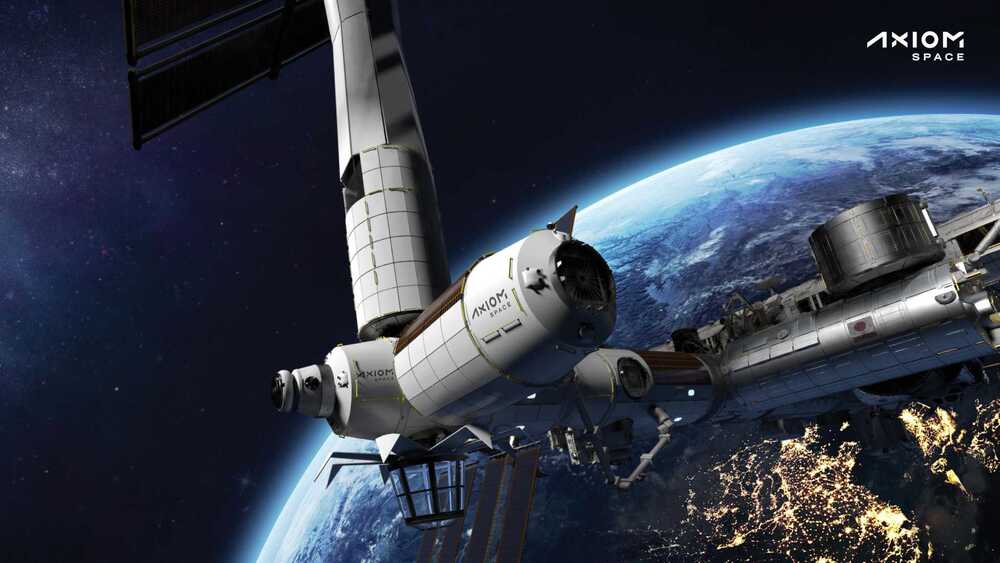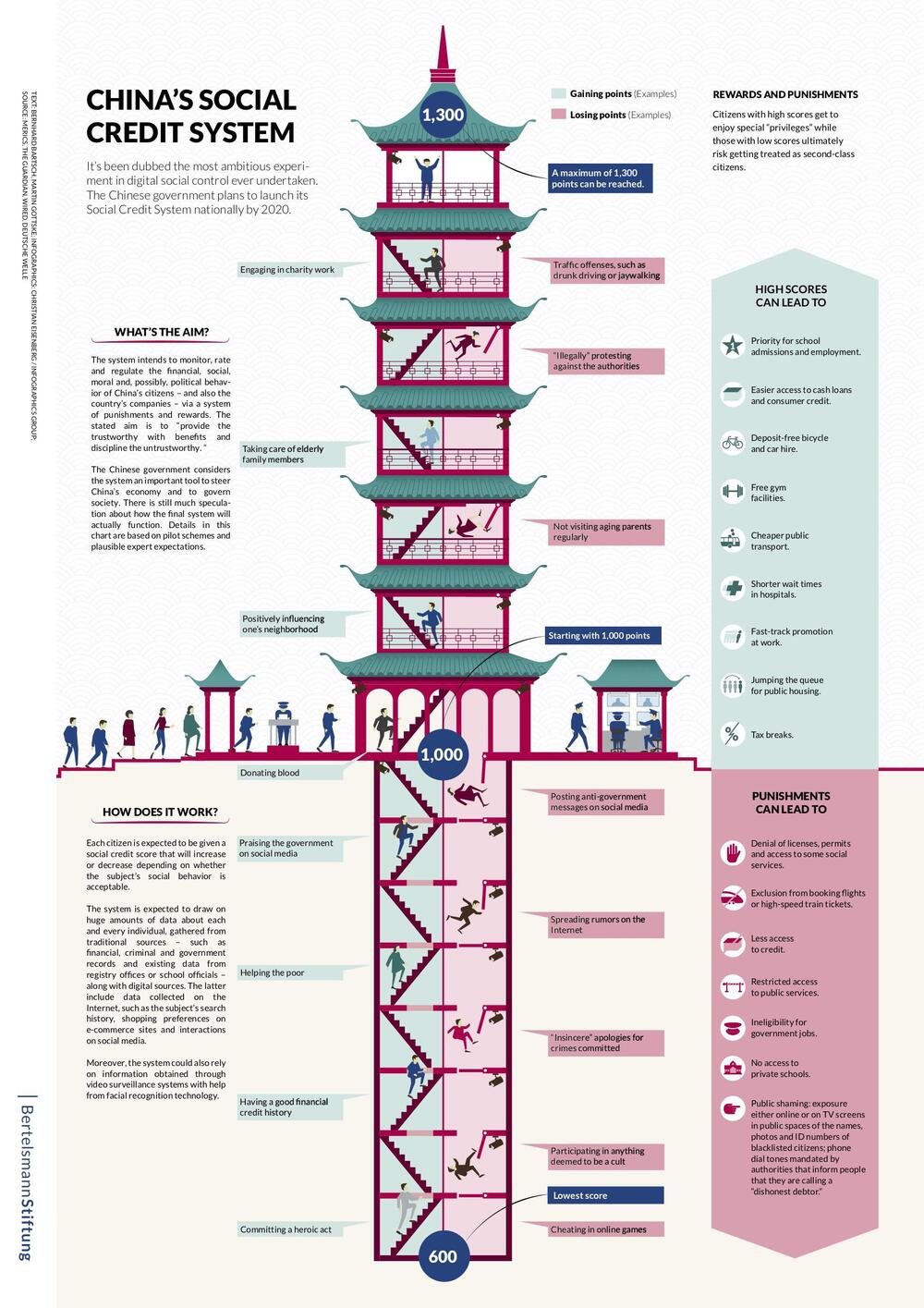Is the author of the book Free To Choose Medicine: Better Drugs Sooner at Lower Cost; a book that offers a compelling argument for the freedom of every patient, guided by the advice of his or her doctor, to make informed decisions about the use of not-yet-FDA-approved therapeutic drugs, that are in late stages of clinical testing.
Mr. Madden is recently retired as a Managing Director of Credit Suisse/Holt after a career in money management and investment research that included the founding of Callard Madden & Associates. During his career, he developed the cash-flow return on investment (CFROI) valuation framework that is widely used today by money management firms worldwide.
Mr. Madden is currently an independent researcher and a Senior Fellow at the National Center for Policy Analysis (NCPA). His research has focused on the themes of knowledge building and wealth creation being able to exist simultaneously in businesses, and these themes are represented in his various books including — Value Creation Principles: The Pragmatic Theory of the Firm Begins with Purpose and Ends with Sustainable Capitalism, Wealth Creation: A Systems Mindset for Building and Investing in Businesses for the Long Term, and Reconstructing Your Worldview: The Four Core Beliefs You Need to Solve Complex Business Problems.
Mr. Madden is a proponent of the application of systems thinking to public policy, and his work in public policy has resulted in the Free To Choose Medicine (http://freetochoosemedicine.com/) plan, which was originally developed in journal articles published in Regulation, Cancer Biotherapy & Radiopharmaceuticals, and Medical Hypotheses.
Mr. Madden is passionate about the passage of a Free To Choose Medicine Act which would be a defining moment for Americans giving control of medical decisions back to individual patients and their doctors.


